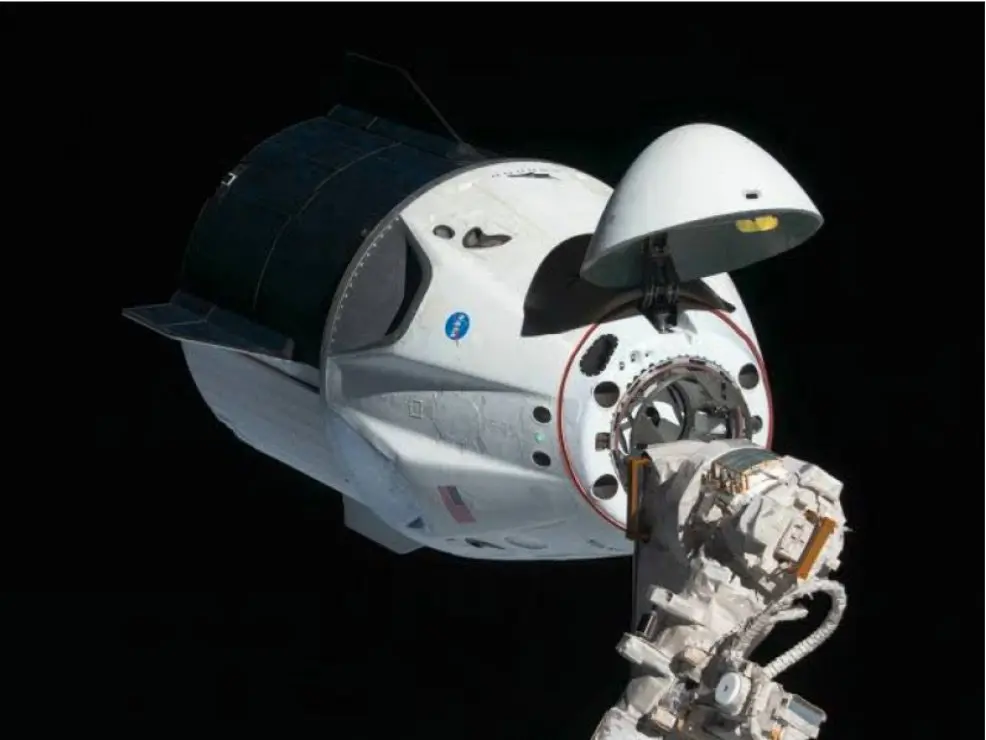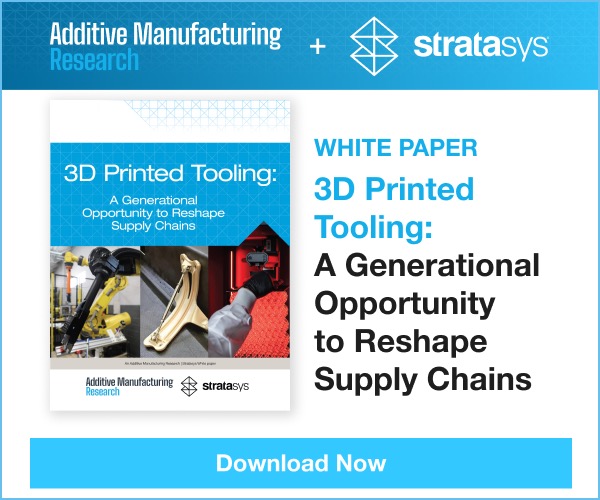SpaceX’s 25th commercial resupply services (CRS-25) mission will deliver new science investigations, supplies, and equipment for the International Space Station (ISS) crew, including 3D printed electroplated samples. The supporting parts were samples to test the potential for holding a new laser developed by NASA to determine the age of rocks on other planets. Once on the ISS, the 3D-printed parts will be tested, including exposure to outer space and its harsh environment.
The Incredible Shrinking Laser
In a recent publication by NASA’s Goddard Space Flight Center in Maryland, the agency speaks about the objectives of the experiments and the scope of the work the ISS is doing. According to the post published in the agency’s CuttingEdge Spring 2022 issue, the laser developed by Goddard physicist Barry Coyle fills a gap in available technology, giving future planetary missions a powerful but compact lightweight tool to explore how other worlds formed. In addition, the palm-sized laser is critical for smaller rovers and landers and reduces mission budgets.
Coyle, whose interest in lasers can be traced back to the 1980s while working in physics professor Fred Watts’ laser lab at the College of Charleston in South Carolina, says “lasers are difficult.” That is why assembling them in one place is so critical to efficiency, both in production and cost, he pondered in a NASA post from October 2021 while working on other space-bound lasers at Goddard. The idea behind making lasers in-house was conceived shortly after the launch of the Geoscience Laser Altimeter System (GLAS), which served as the first laser-ranging instrument for continuous global observations of Earth.
“Producing space-flight laser systems outside of NASA could be expensive and inefficient,” said Coyle.
Unlike the large lasers on Mars rovers Curiosity and Perseverance, this new laser version is ideal for looking at small samples inside a chamber. The laser uses a technique to measure the composition of a rock sample by separating molecules in a rock into atoms and exciting them using a UV laser. However, the laser needs a trim and tailored package, which is where 3D printing comes in.
3D Printing Samples
Nothing saves time, energy and costs like 3D printing. The technology simplifies the manufacturing process and integration, making it the ideal solution for such a bespoke part as the novel new “shrinked” laser. The engineers used additive manufacturing to develop and refine individual elements of the laser quickly.
To design the parts, NASA used Formlabs’ Form 3 stereolithography (SLA) platform and the brand’s Rigid 10K Resin, a glass-filled material ideal for stiff, thermally- and chemically-resistant parts. Next, NASA engineers at Goddard relied on generative design software to render an organic supportive design for the 3D printed sample components to maximize load-bearing capacity. Then ,they worked with Formlabs printed parts to optimize the bracket design for maximum strength.
According to Goddard engineer Matthew Mullin, “being able to design and then 3D print laser parts in the same room is really exciting when working on new concepts. It helps you work through different laser designs faster and at significantly less cost compared to conventional machining.”
3D printed laser components like these were once custom milled from lightweight metals. Instead, advanced manufacturing techniques can ensure parts are ready for a final version at a fraction of the time and cost it would traditionally demand.
Mullin, who is a laser engineer at Goddard, commented that designing and redesigning parts in 3D printed resin “gives you a dress rehearsal for assembling parts, so you know what to look out for when installing the space-flight versions of the hardware.”
Sending 3D Printed Samples to Space
Once the final sample components were ready, the team sent the resin prints for electroplating at Maryland-based specialist company RePliForm. Plating the Rigid 10K Resin printed part increased strength and mitigated the amount of off-gassing the part emits, making parts much lighter than traditionally machined components for the same application. In addition, thanks to 3D printing, the Goddard team could design, print, iterate, and redesign in a much shorter time frame than typical machining processes.
 A SpaceX Dragon Capsule. Image courtesy of NASA’s Goddard Space Flight Center.
A SpaceX Dragon Capsule. Image courtesy of NASA’s Goddard Space Flight Center.Before the laser can go into space, the team is testing the electroplated, 3D printed parts. Those will launch on the CRS-25 mission no earlier than July 14, 2022, from NASA’s Kennedy Space Center in Florida, aboard SpaceX’s robotic Dragon capsule and atop a Falcon 9 rocket. Like its predecessors, the CRS-25 will carry part of the ongoing cargo contract between SpaceX and NASA and will be the third mission for this particular Dragon spacecraft, which also made resupply runs to the orbiting lab in December 2020 and August 2021.
Subscribe to Our Email Newsletter
Stay up-to-date on all the latest news from the 3D printing industry and receive information and offers from third party vendors.
Print Services
Upload your 3D Models and get them printed quickly and efficiently.
You May Also Like
3DPOD 272: Kevin Kassekert, VulcanForms CEO
Kevin Kassekert has deep experience building factories for Tesla and has worked in the semiconductor industry. He now helms VulcanForms and is looking to scale their high-yield Laser Powder Bed...
3D Printing News Briefs, September 17, 2025: IDEX Printer, NiTi Scaffolds, Cooking Oil, & More
In today’s 3D Printing News Briefs, Raise3D announced the launch of a new printer at FABTECH 2025, and EOS and AM Solutions share about their integrated post-processing ecosystem, first introduced...
3D Printing News Briefs, September 13, 2025: Automated Post-Processing, Stratospheric Probe, & More
In this weekend’s 3D Printing News Briefs, we’re first sharing about a case study from PostProcess Technologies about optimizing post-print workflows at J.W. Speaker. AM Solutions’s post-processing technology was used...
Getting a Foothold in Additive: White Paper from AM Research and Stratasys Makes the Case for 3D Printed Tooling
Despite all the assumptions that Western reshoring efforts would be bolstered by the tariff-centric trade war policies initiated by the second Trump administration, it’s still far too early to guess...































